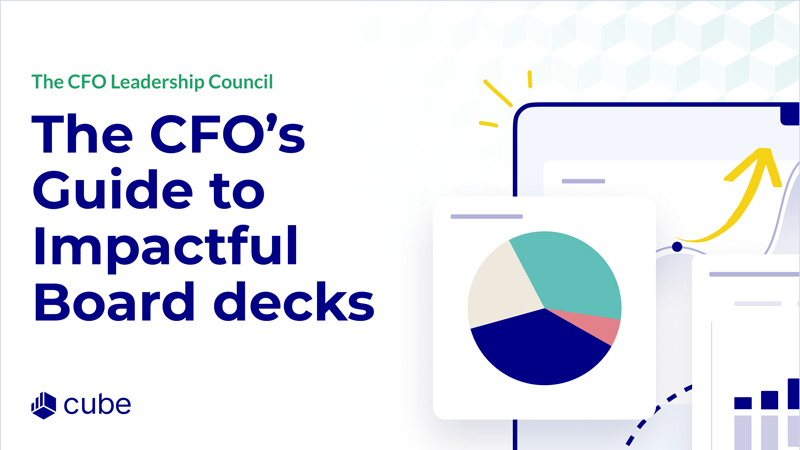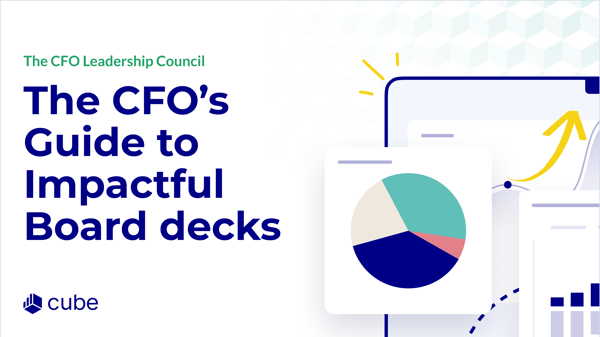Cube CEO, Christina Ross, was joined by Michael Brown of Battery Ventures in a recent CFO Leadership Council webinar to discuss how to craft a concise and captivating quarterly board meeting deck that instills confidence in a board.
Check out highlights from the webinar below.


.png)









.png)

